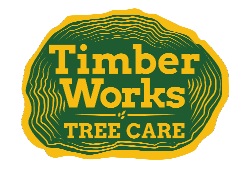Why You Should Never Try to Remove a Tree Yourself
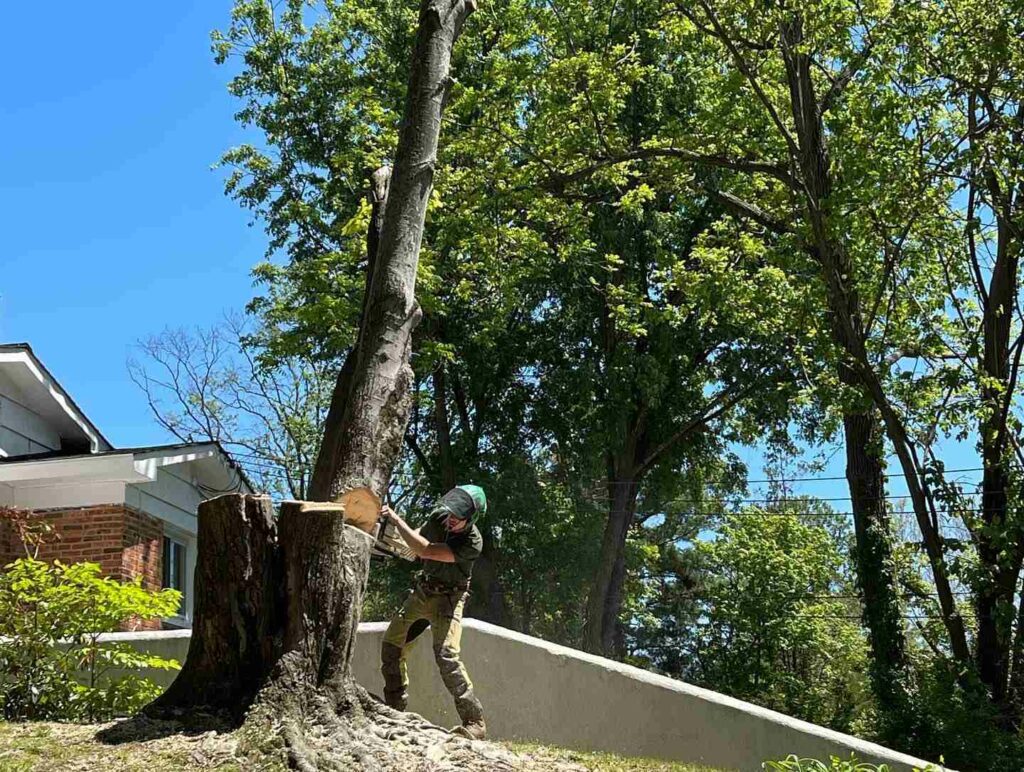
Many homeowners prefer to handle standard maintenance projects themselves because it is easier than hiring a professional service person. Doing so makes sense for simple chores: cleaning a kitchen, changing a lightbulb, mowing a lawn, and so on. However, some tasks—including emergency tree removal—necessitate a professional touch due to their inherent danger, risk of property […]
Look Out for These Tree Pests During Late Summer

Tree pests are most active during summer. While many species first infest trees in spring or early summer, their offspring emerge from those trees in late summer. This circumstance, as well as the ease of spotting leaf abnormalities during months when most trees have foliage, has led to August’s title as the annual tree check […]
How to Keep Your Trees Healthy During Virginia Summers
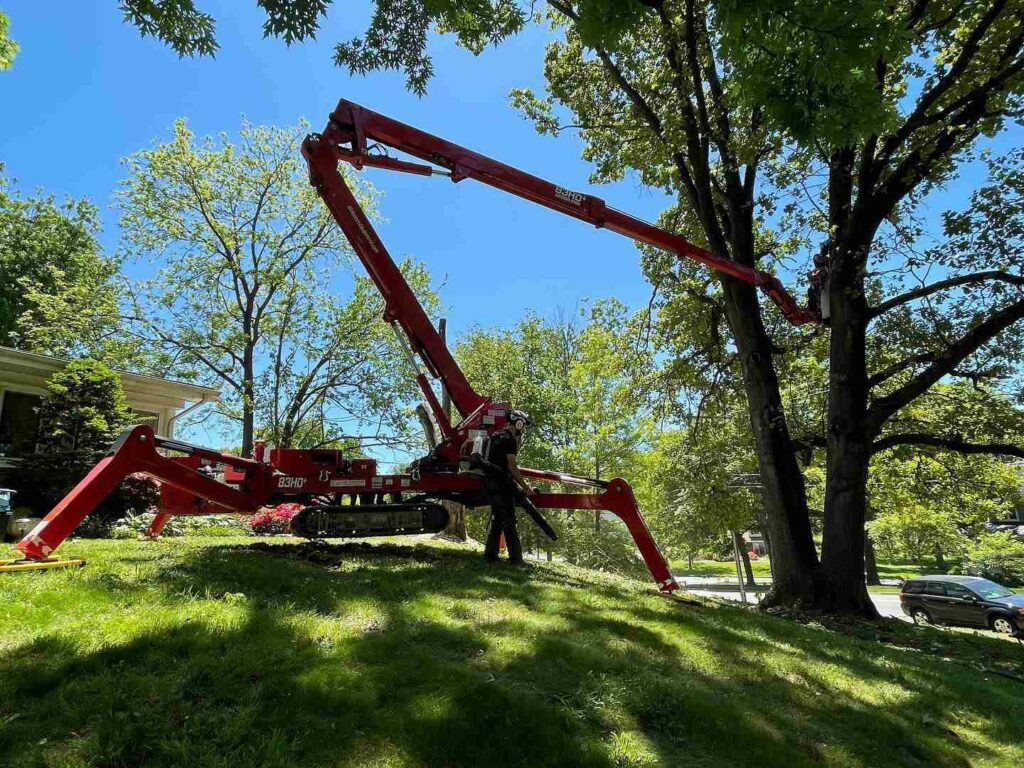
Like any other season in Virginia, summertime comes with particular tree care responsibilities. The hot, dry days and stormy nights present unique challenges, for which you must prepare your trees. Fortunately, with proper tree inspection, cabling, and storm precautions, your trees will not just survive but thrive throughout the summer. So, schedule summer tree maintenance […]
Why Tree Removal is Important and How Timber Works Can Help
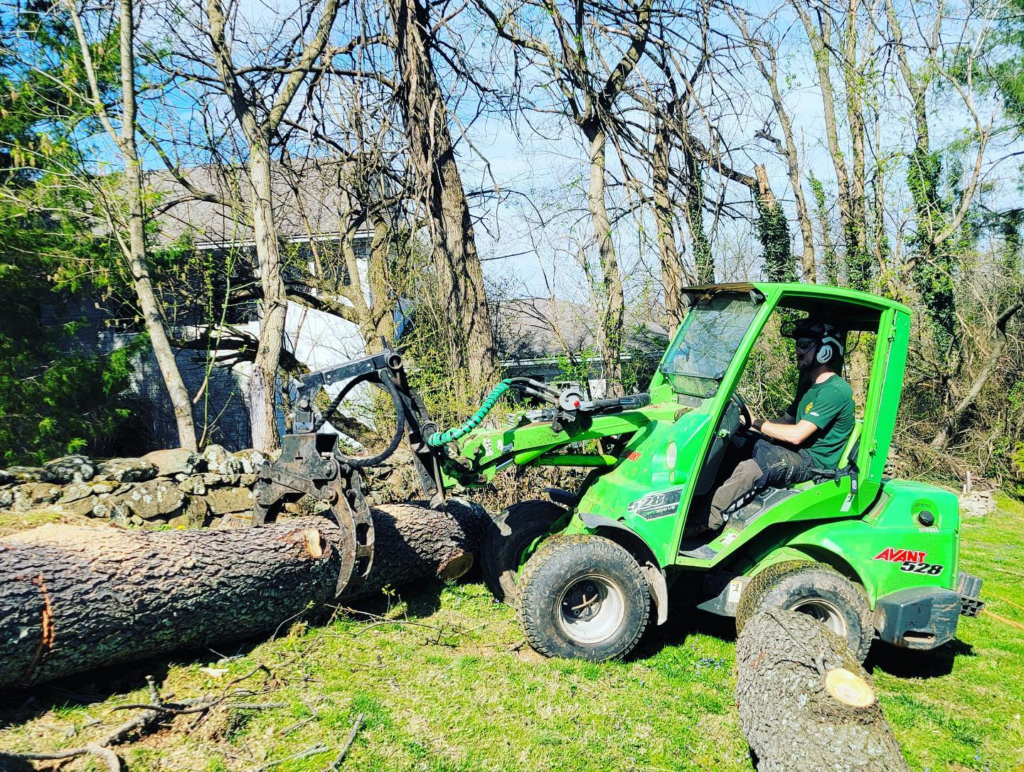
A dead, dying, or injured tree poses a significant danger to you and your property. For instance, its trunk or branches can fall and hit a person or structure. Alternatively, a pest infestation can take residence and then jump from the dead tree to healthy ones nearby. However, removing such trees protects people, prevents damage, […]
Virginia Tree Diseases: Phytophthora Root Rot
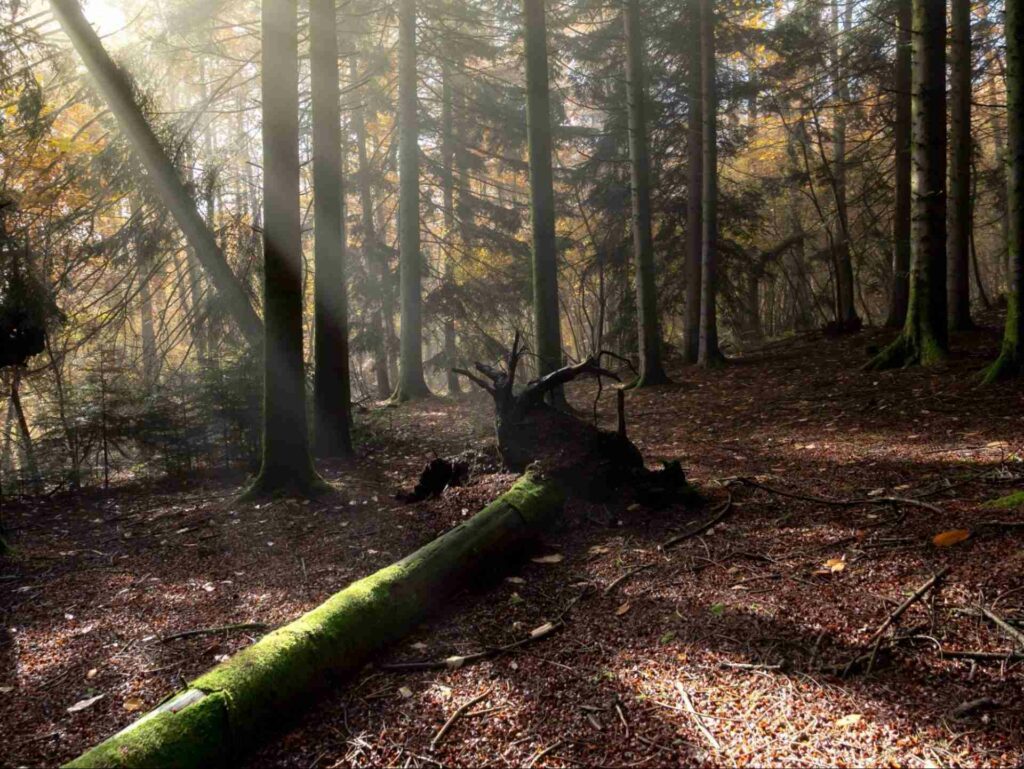
Root rot is an insidious disease that affects trees in a slow, creeping manner. Moreover, Virginia’s hot, humid summers and forested environs create an ideal climate for Phytophthora root rot. Thus, you should study what this condition entails, how it spreads from tree to tree, and how you can save afflicted trees. Turn to your […]
Tree Discoloration
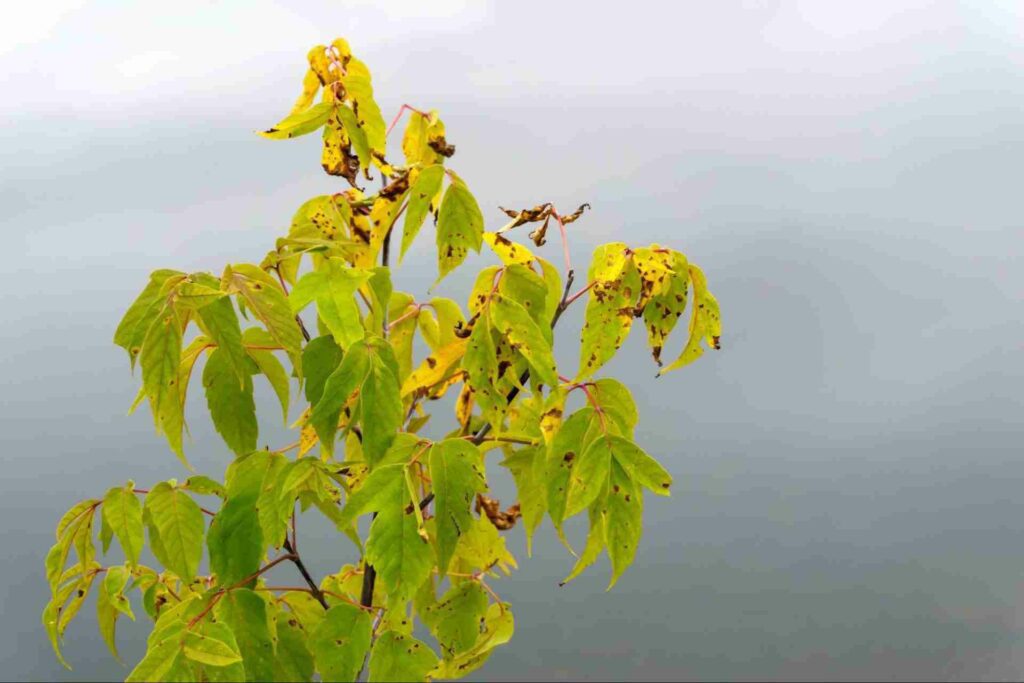
Anyone with trees on their property should learn about the causes of tree discolorations. They often arise from a wound that has become infected and started decaying. While tree decay is a natural process, it can become a safety hazard for people, property, and other trees. So, protect your property by studying what causes tree […]
Tree Care Spring Checklist
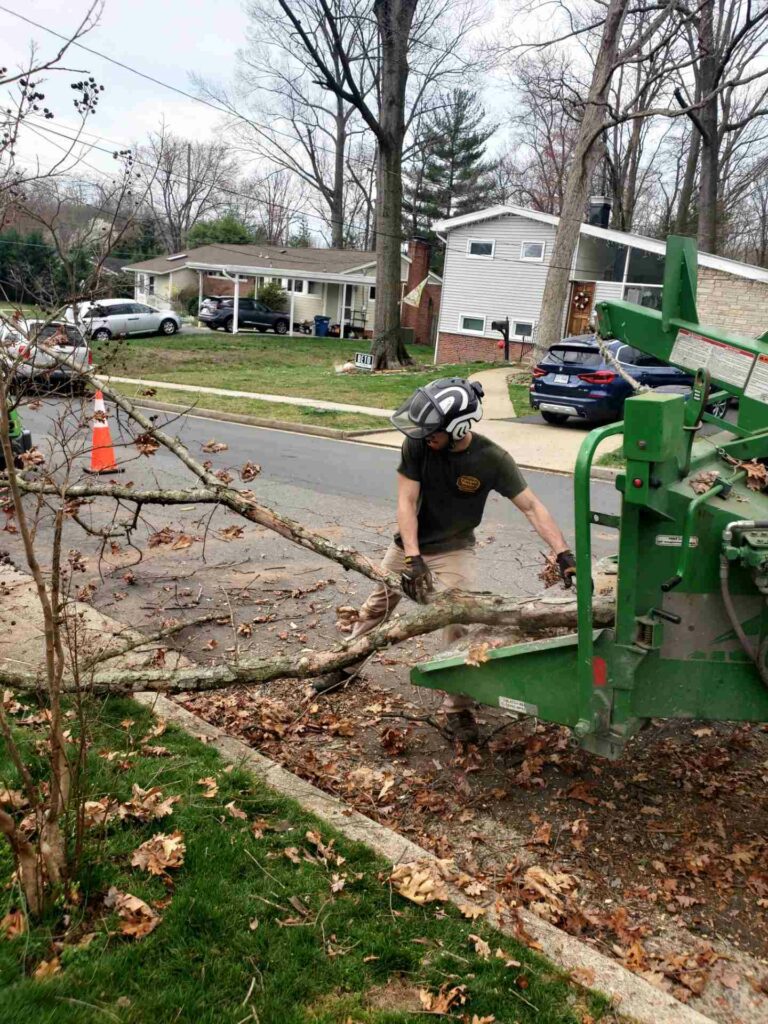
Your seasonal or biannual tree care routine should include a professional inspection. Specifically, this inspection should evaluate the condition of your trees’ leaves, branches, trunks, and roots. Doing so can reveal issues that require professional or routine care methods. So, contact your local tree care service to assess your trees and advise you on care […]
Virginia Tree Diseases: Bacterial Leaf Scorch
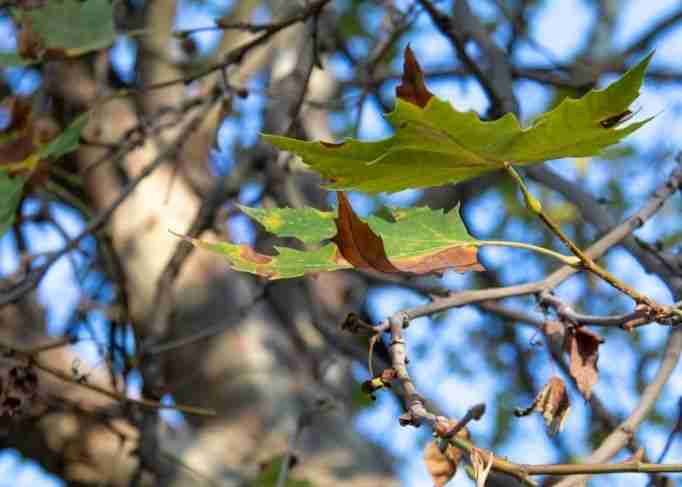
If you have ever noticed unusual brown edges or a ring of orange, red, or yellow on a tree’s leaves, you may have come across a case of Bacterial Leaf Scorch. This tree disease restricts an infected tree’s ability to carry water throughout its vascular system. If you believe a tree on your property has […]
Does Insurance Cover Tree Removal Services?
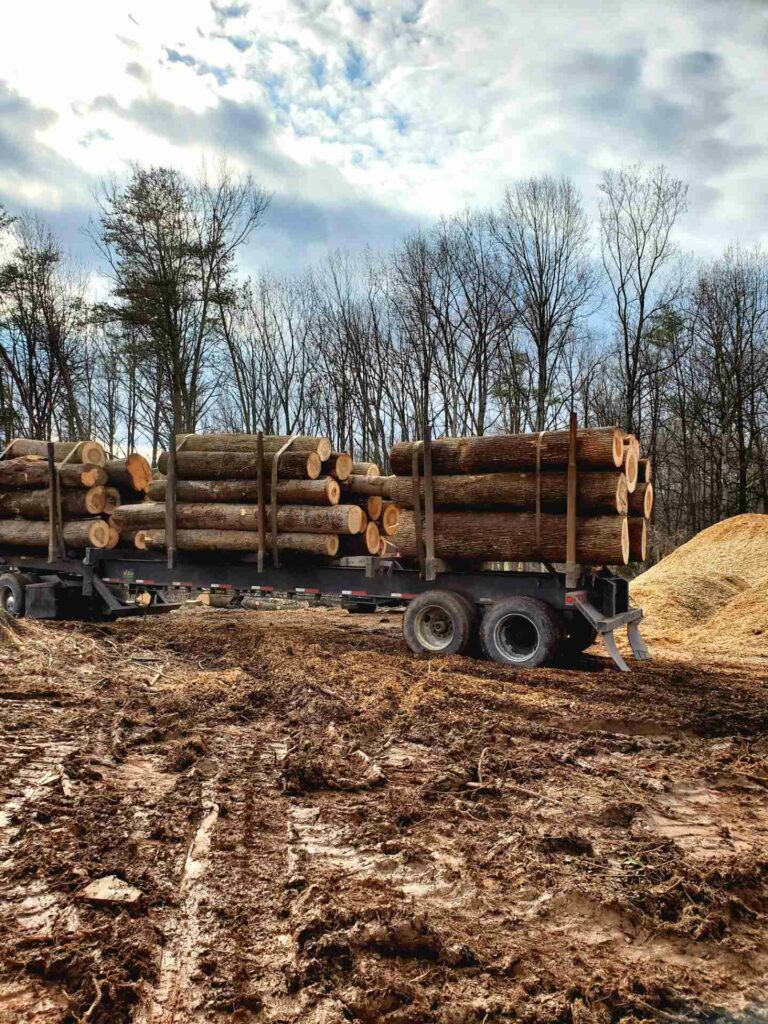
Should an emergency event strike your home, you would probably want to know right away if your homeowners’ insurance covers your needs. For instance, if a tree on your property falls during a storm, does your insurance cover its removal cost? The answer depends on several factors: the exact cause of the fall, the damage […]
Are Your Trees Too Close to Your Home?
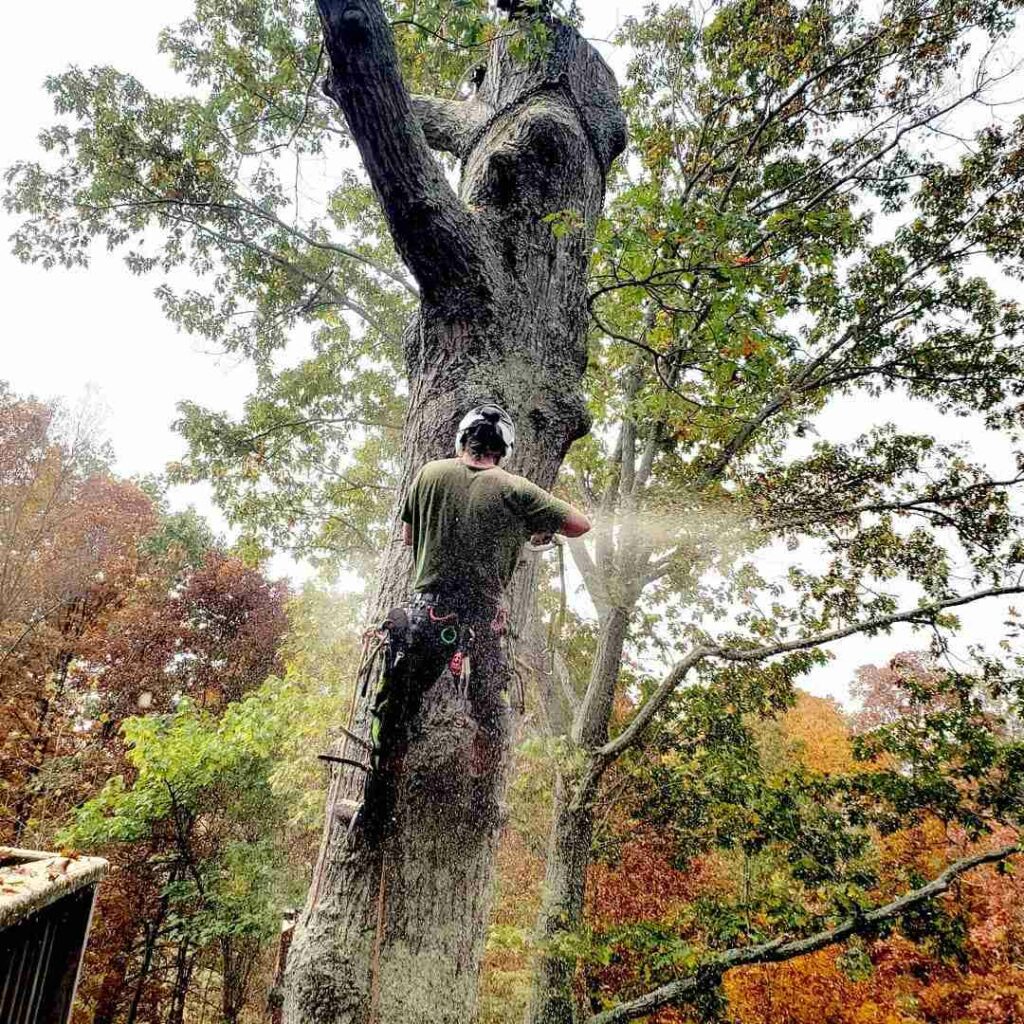
Trees on your property can provide you with privacy, shade, and protection from wind. However, those planted too close to your home can also cause termite, foundation, water, sewer line, impact, and other kinds of damages. Yet a professional tree care company can provide tree trimming services and complete tree removals to avoid adverse outcomes. […]
